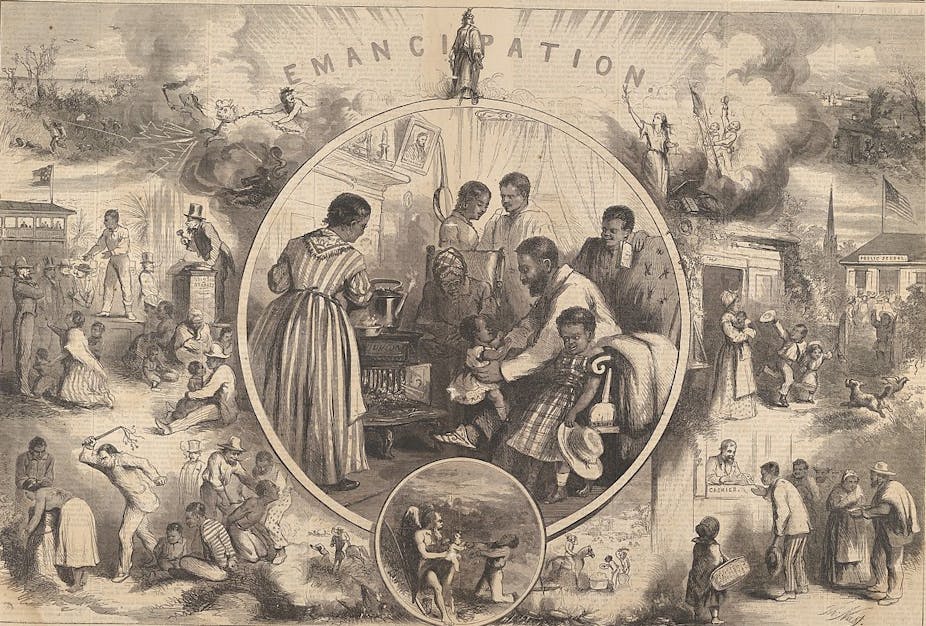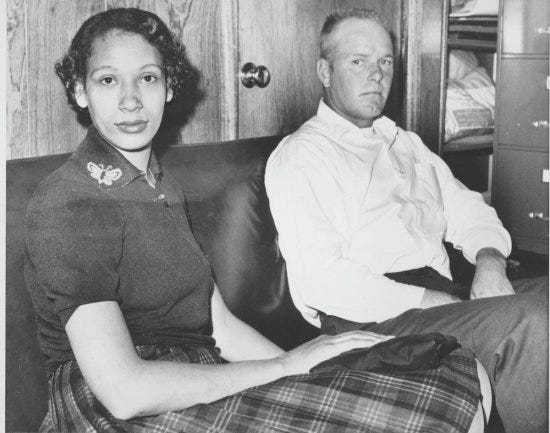North Carolina Free People of Color, 1715-1885 with Warren Eugene Milteer Jr.Posted in Audio, History, Media Archive, United States on 2021-01-30 22:12Z by Steven |
North Carolina Free People of Color, 1715-1885 with Warren Eugene Milteer Jr.
Research at the National Archives and Beyond
2020-06-25
Bernice Bennett, Host
Warren Eugene Milteer Jr. examines the lives of free persons categorized by their communities as negroes, mulattoes, mustees, Indians, mixed-bloods, or simply free people of color. From the colonial period through Reconstruction, lawmakers passed legislation that curbed the rights and privileges of these non-enslaved residents, from prohibiting their testimony against whites to barring them from the ballot box. While such laws suggest that most white North Carolinians desired to limit the freedoms and civil liberties enjoyed by free people of color, Milteer reveals that the two groups often interacted—praying together, working the same land, and occasionally sharing households and starting families. Some free people of color also rose to prominence in their communities, becoming successful businesspeople and winning the respect of their white neighbors.
Warren Eugene Milteer Jr. is assistant professor of history at the University of North Carolina at Greensboro and is the author of North Carolina’s Free People of Color, 1715–1885.
Listen to the episode (00:45:57) here. Download the episode here.








